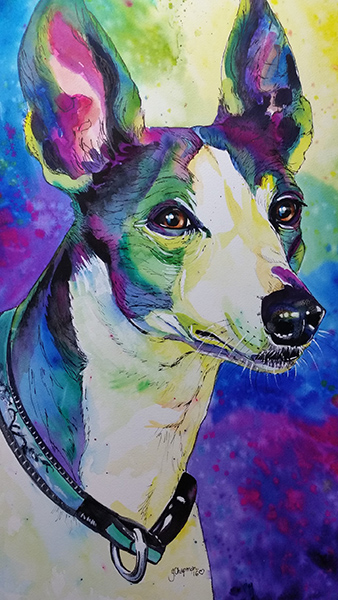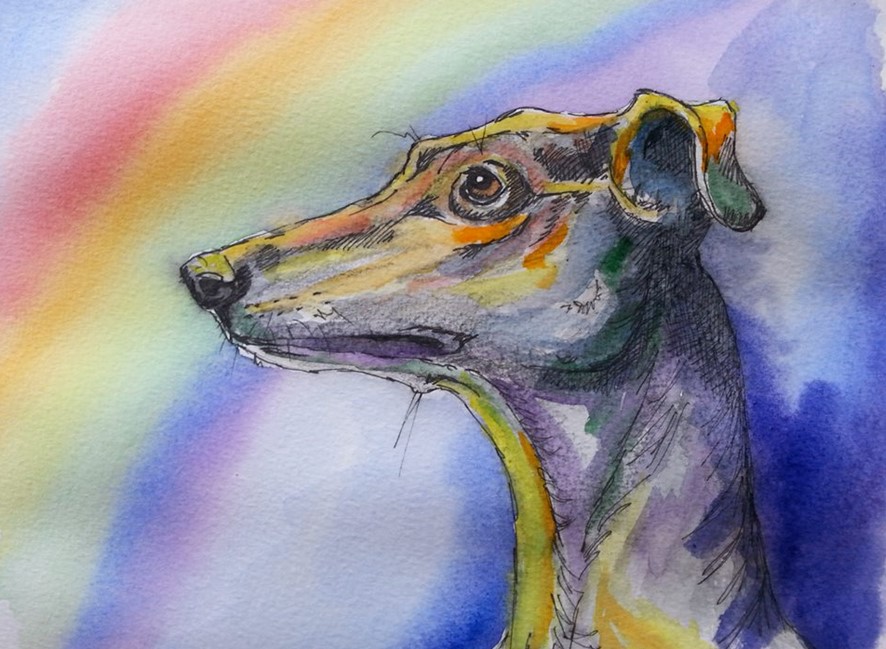
The making of a portrait
It all starts with a good clear photo, one where the subject is not blurred, not too far away in the photo and preferably in

It all starts with a good clear photo, one where the subject is not blurred, not too far away in the photo and preferably in

I used to avoid using watercolours, thinking they were boring and “wishy washy”, so my early portfolio consisted of Pastels and Acrylic paintings. I used

Get in touch with Yvonne to book your own commission today!